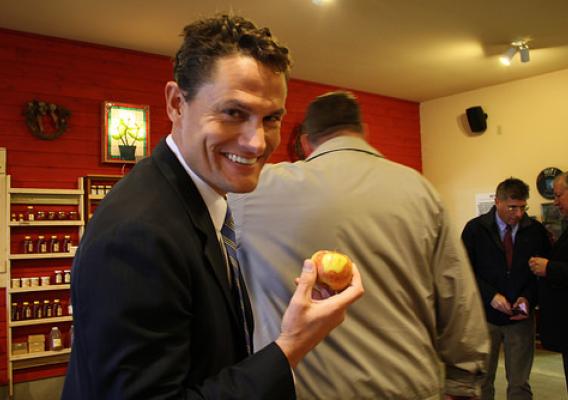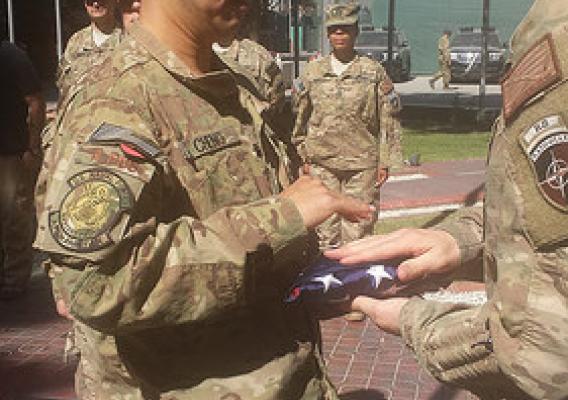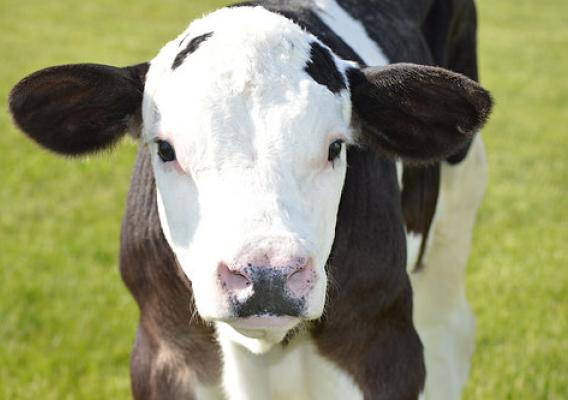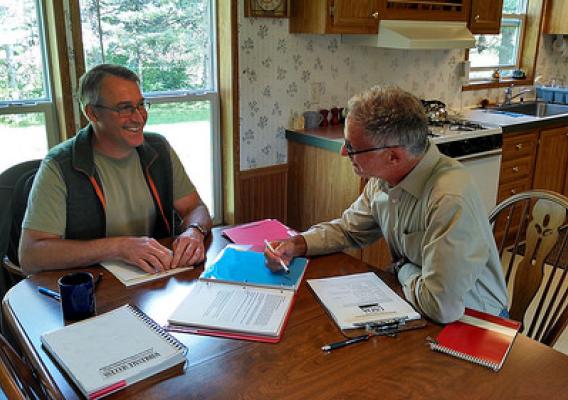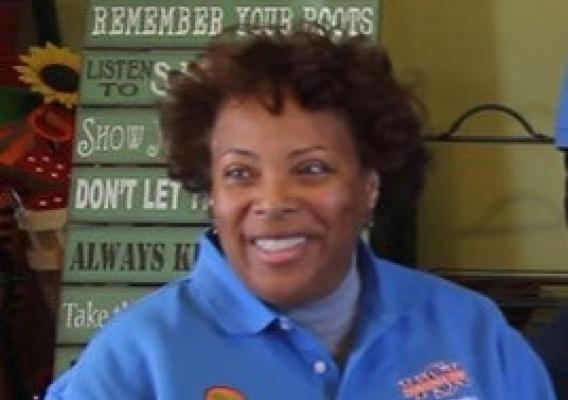Every month, USDA shares the story of a woman in agriculture who is leading the industry and helping other women succeed along the way. In honor of Veterans Day, we hear from Anita Roberson, a U.S. Army Veteran who started a post service career in agriculture. She and her husband Thomas, also a U.S. Army veteran, both proudly own a ten-acre farm in Spotsylvania County, Virginia, where they produce vegetables, fruit, flowers, and honey.
1. First off, thank you for your service. Tell us about your background and how you got into agriculture.
You are welcome! I grew up in a military family, but some of my fondest memories were of life on the farm with my paternal grandparents. They had an amazing flower and vegetable garden, working dogs, laying chickens, and Jersey cattle. Those magnificent impressions helped me to realize that I was destined to work in the sciences. As an undergraduate, I majored in biology and later joined the Army and served as a Medical Service Corps officer. Later I married a Physician Assistant who grew up on a farm. While serving in Germany, we purchased my aunt’s ten-acre farm so she could retire, thinking it would be an awesome opportunity to help us in our eventual retirement. It was one of the best decisions we made. After we returned to Virginia, we met an Extension Agent who invited us to attend a Small Farm Outreach Program and the rest is history.


